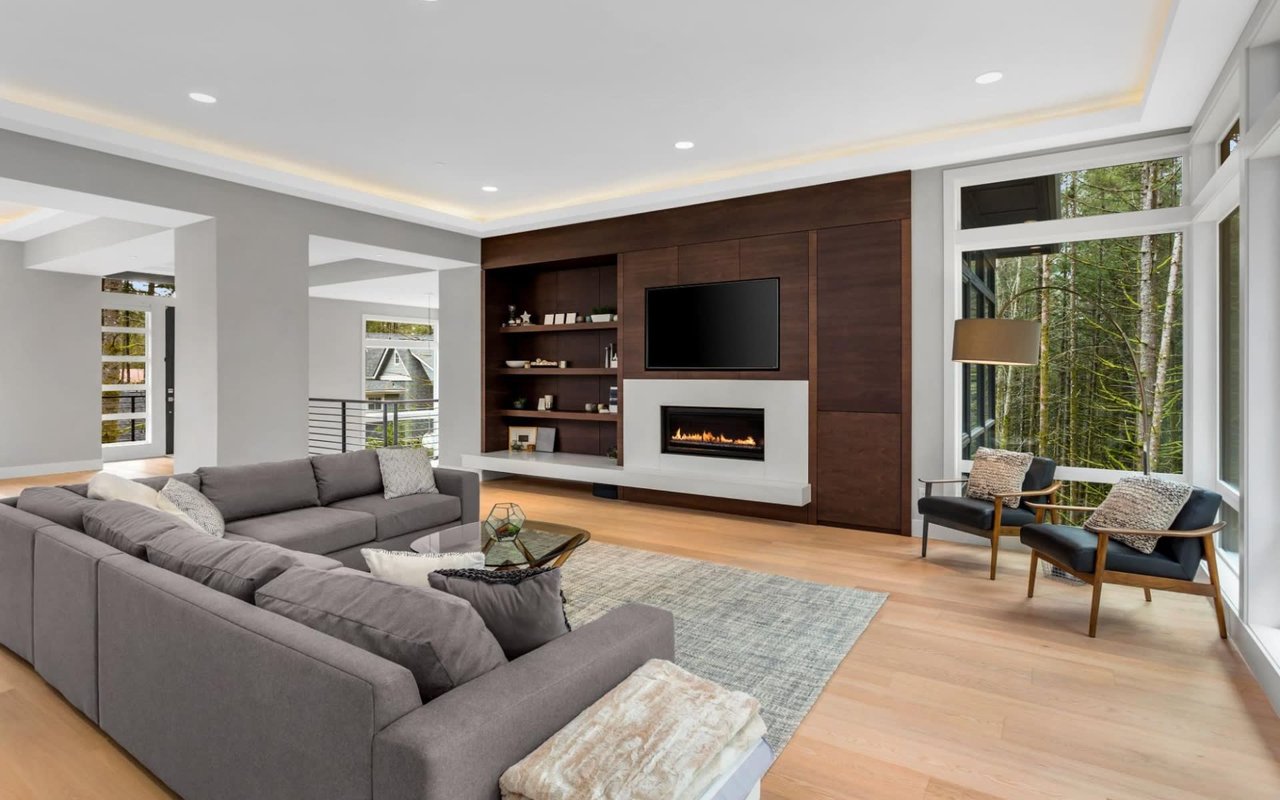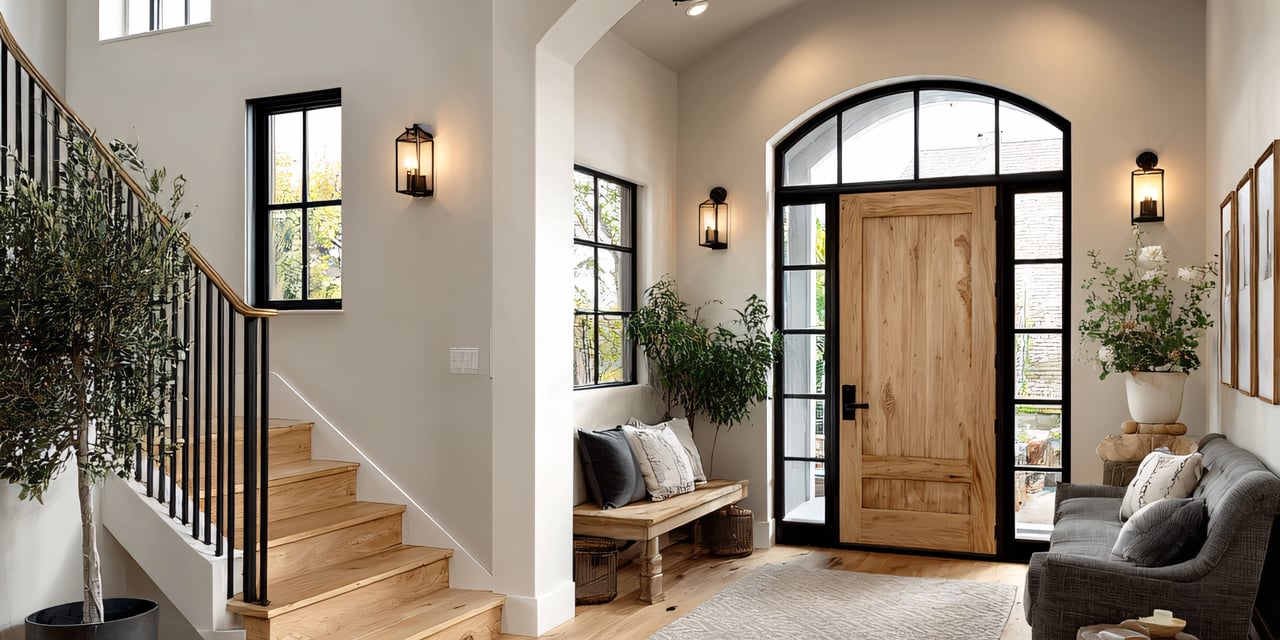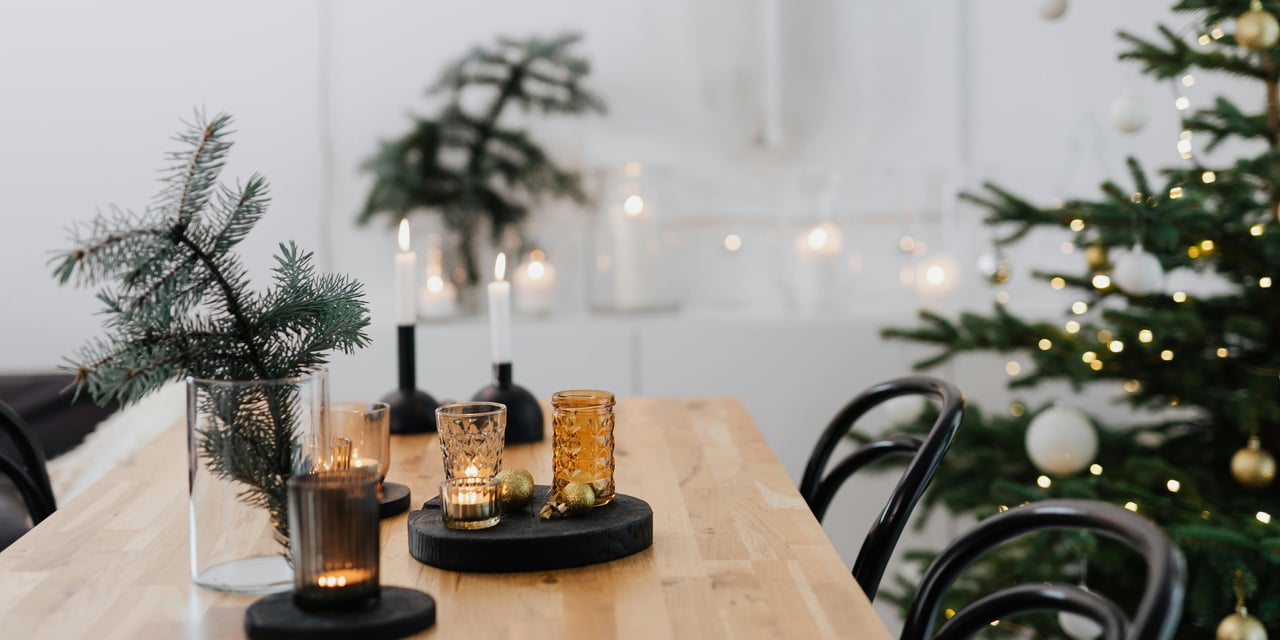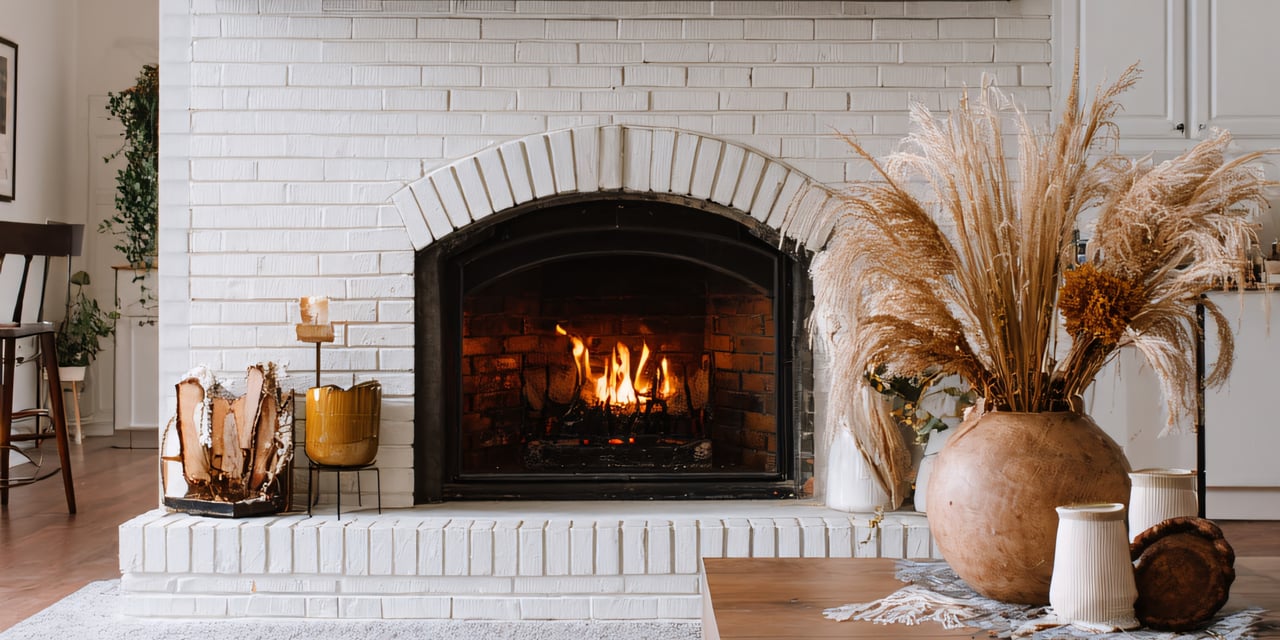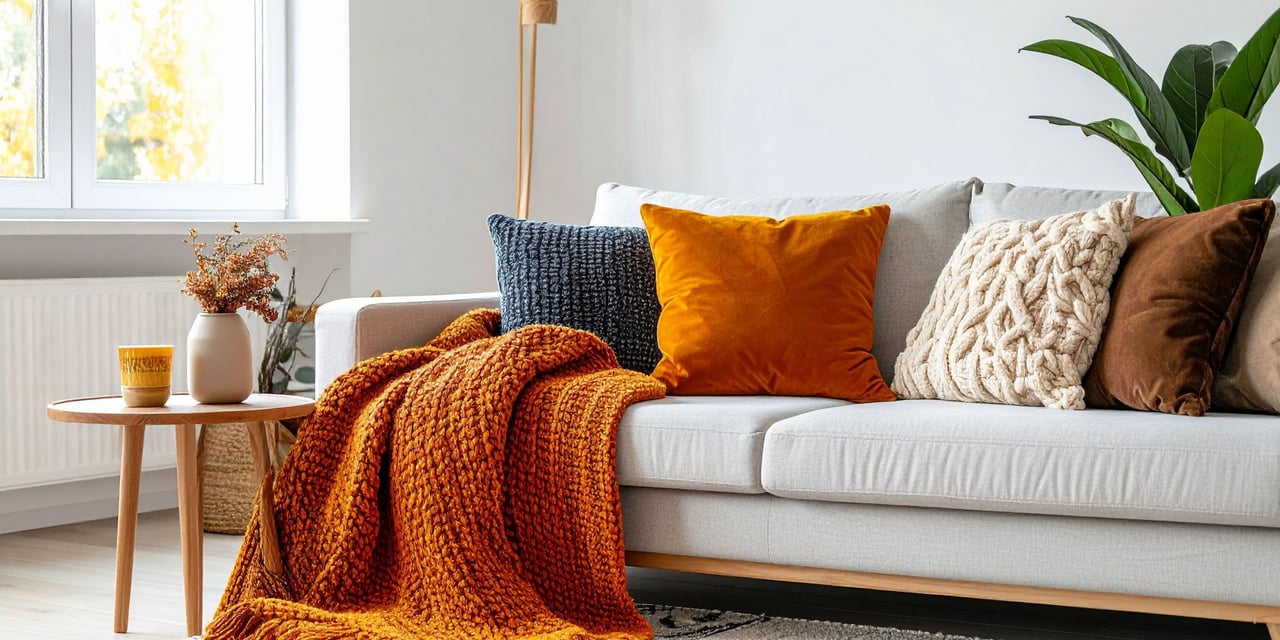In today's real estate market, making a lasting impression on potential buyers is essential. One proven method for achieving this is through home staging. According to the National Association of Realtors, 58% of buyers' agents cited that home staging had an effect on most buyers' view of the home most of the time, while 31% said that home staging has an effect, but not always.
Fast Facts about Home Staging
- According to TheZebra.com, 82% of buyers' agents stated that staging a home made it easier for buyers to envision the property as their future residence.
- 47% of real estate agents believe that home staging influenced most buyers' perception of the home.
- In 2019, the average amount spent on home staging was $400 (National Association of Realtors).
- The two least crucial rooms to stage are the home office and guest bedrooms.
- Homes professionally staged spend 73% less time on the market compared to unstaged homes.
- Homes staged before being listed sold for 25% more than unstaged homes.
Understanding home staging
Home staging is the process of preparing a property for sale by enhancing its appeal to potential buyers. By using various home staging tips and techniques, sellers can present their homes in the best possible light, increasing the likelihood of a sale.
The significance of home staging
Home staging is essential as it allows potential buyers to visualize themselves living in the space. This visualization increases the property's emotional value, leading to quicker sales and potentially more money offered by buyers.
Exploring home staging avenues
There are several routes to take when considering home staging: hiring a professional stager, seeking advice from real estate agents, or employing DIY home staging tips. Each has its merits and costs associated.
The DIY home staging approach
Certainly! Many homeowners prefer to stage their homes themselves to save on costs. With the right techniques and a keen eye, homeowners can achieve professional-looking results.
The role of real estate agents in staging
While real estate agents have a wealth of knowledge about what buyers look for in homes, not all of them specialize in staging. However, many agents offer guidance and can recommend professional home stagers if needed.
Professional stager responsibilities
A professional home stager evaluates a home's strengths and weaknesses, suggesting changes that can make the property more appealing. This might include rearranging furniture, recommending repairs, or suggesting décor changes.
Investing in home staging
While DIY home staging tips can save money, hiring a professional might have its costs. Typically, the home staging cost will depend on the size of the home, the amount of work required, and the location.
Evaluating the value of home staging
For many sellers, the increased dollar value buyers are willing to offer for a well-staged home far outweighs the home staging costs. Additionally, staged homes often sell faster than their unstaged counterparts.
Budget-friendly staging techniques
There are countless ways to stage a home without breaking the bank. Some include repurposing existing furniture, incorporating DIY décor, and using natural elements from the garden.
Photography staging methods
When staging a house for pictures, ensure all rooms are well-lit, decluttered, and depersonalized. Using wide-angle lenses can also capture more of the room, making spaces appear larger.
Top Home Staging Recommendations
Reduce clutter
One of the essential home staging tips is to declutter. Prospective buyers need to visualize the space as theirs, so removing personal items is crucial.
Thorough cleaning
A spotless home is more attractive to potential buyers. Paying attention to details like hardwood floors and windows can make a significant difference.
Minor home repairs
From patching walls to fixing leaky faucets, ensure that all minor repairs are addressed before showing the house.
Neutralizing the home
While personal style might lean towards bold colors, potential buyers often prefer neutral tones, allowing them to imagine their décor in the space.
Emphasize natural illumination
Allowing more natural light into rooms can make them feel more spacious and inviting. Pull back dark curtains and open blinds to maximize sunlight.
Optimal furniture arrangement
Rearranging furniture can improve the flow of a room. Pull furniture away from walls and ensure that walking paths are clear.
Define each space
Ensure each room has a clear purpose. For instance, if you have an empty space, consider setting it up as an entertainment room or a cozy reading nook.
Enhance the exterior
Curb appeal is vital. Ensure the front door is inviting, add potted plants, and maintain a clean yard.
What to avoid in home staging
Avoid over personalizing spaces. While family photographs might be dear to the seller, they might not appeal to the buyer. Similarly, avoid strong scents, as they can be off-putting to some visitors.
Common queries on home staging
Post-staging furniture
Most professional stagers rent furniture for the staging process. Once the home sells, this furniture is typically returned to the rental company.
Empty vs. staged homes
While an empty home can show its potential, staged homes often give buyers a better idea of how to utilize spaces, making them more appealing.
Dining area presentation
The dining room is often a focal point for prospective buyers, as it's a space where families gather, meals are shared, and memories are made. While setting the table can showcase a dining room's potential, it's not always necessary. Some stagers prefer a minimalist approach, using simple centerpieces like a vase of fresh flowers or a bowl of colorful fruit to add a touch of life to the space. Others opt for a more detailed setup, using elegant table settings, complementary table runners, and ambient lighting to create a more formal dining atmosphere. Regardless of the approach, the aim is to strike a balance that evokes both functionality and style. Remember, the dining room should always feel inviting and spacious, allowing future buyers to envision their own family gatherings and celebrations in the space.
Staging vs. designing
At first glance, home staging and interior design might seem like two sides of the same coin. Both disciplines involve the use of décor and design elements to enhance the look and feel of a space. However, their core objectives differ significantly. Home staging is primarily about showcasing a home's potential to sell. Stagers aim to make a property appeal to as many potential buyers as possible by creating a neutral yet inviting space. They often depersonalize the home, removing family photos and personal items to allow prospective buyers to easily imagine themselves living there.
On the other hand, interior design is about personalizing a space to fit the homeowner's unique tastes and lifestyle. Designers delve deep into understanding their clients' preferences, needs, and the functionality they require in their living spaces. Whether it's choosing a specific color palette, fabric, or a particular piece of art, every decision in interior design is tailored to the individual or family living in the home. In essence, while home staging prepares a house for the market, interior design makes a house a home.
On the other hand, interior design is about personalizing a space to fit the homeowner's unique tastes and lifestyle. Designers delve deep into understanding their clients' preferences, needs, and the functionality they require in their living spaces. Whether it's choosing a specific color palette, fabric, or a particular piece of art, every decision in interior design is tailored to the individual or family living in the home. In essence, while home staging prepares a house for the market, interior design makes a house a home.
About 8z Real Estate
8z Real Estate presents a fresh perspective on the real estate industry by challenging traditional norms. If you're looking to buy or sell a home or have any questions about the Colorado real estate market, contact 8z Real Estate today.
